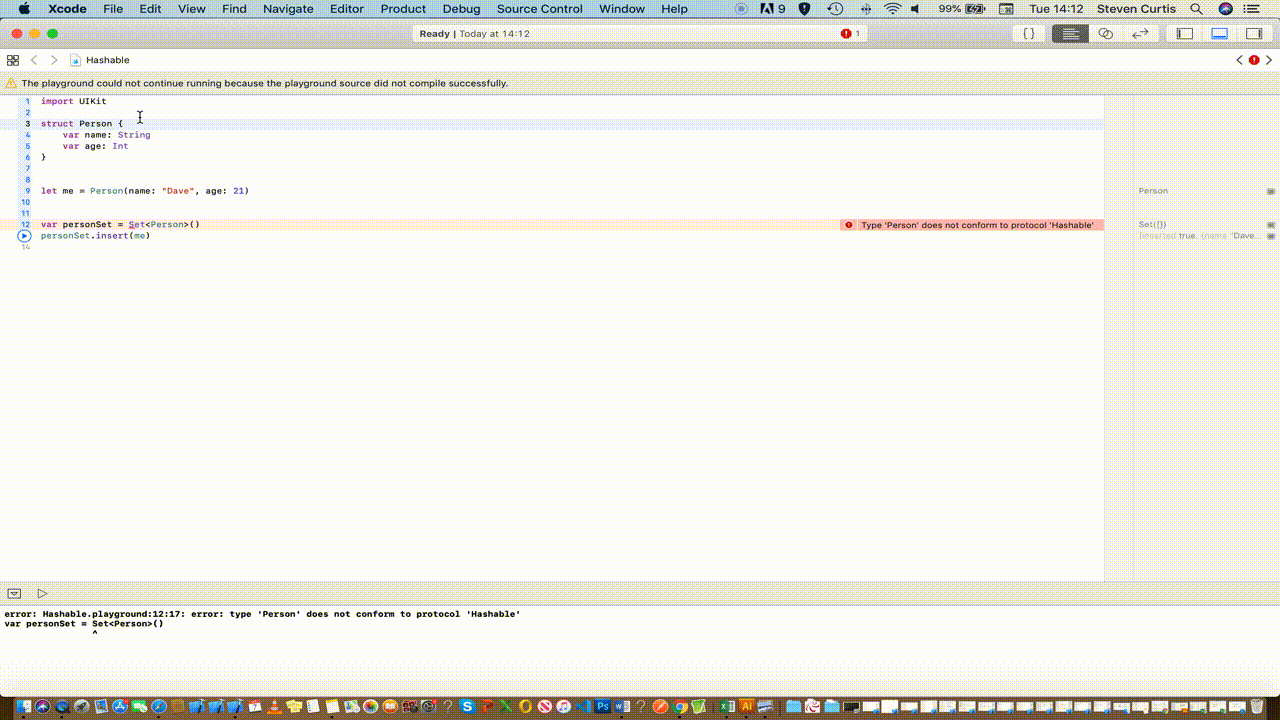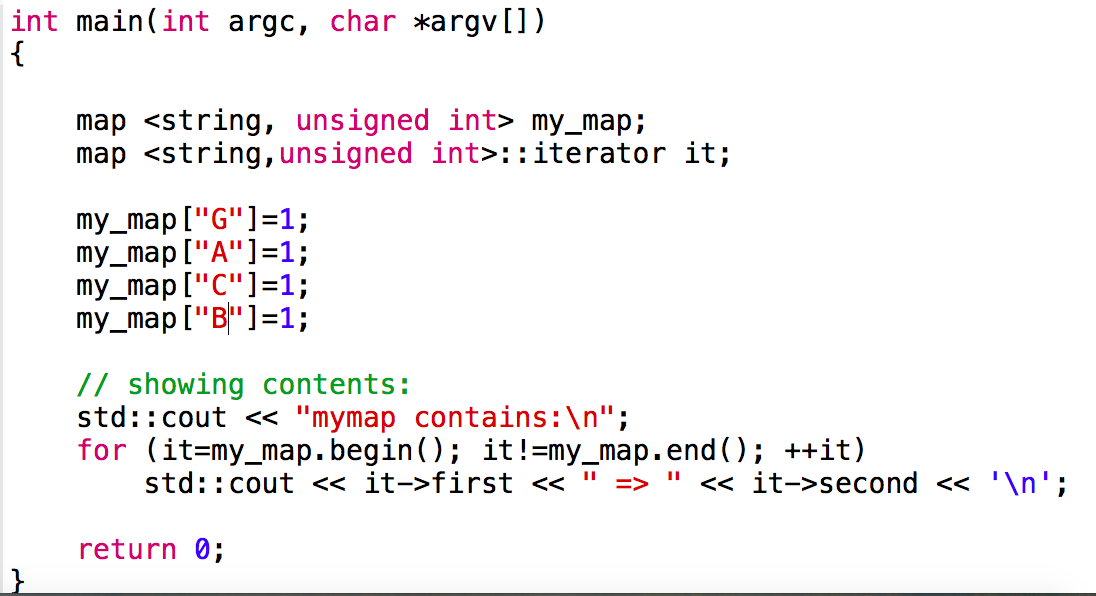

presented with a description of what an entry contains, and how it is constructed. In this article the background and scope of this huge project are. It is therefore both historical and contemporary. The dictionary describes the written standard language of Swedish from the beginning of the sixteenth century until the present. Work on it was started in 1884 and it will be completed by 2017. Any element that matches the whole path is added to the output list.The Swedish Academy Dictionary is one of the world's largest dictionary projects.

If the walk all at level is specified, every value at that point is followed in succession (breadth-first), at which point the walk continues from the next element in the path. If a key or index is provided, the specific path is taken at that point in the tree. Unlike the get value at key path though, its path can be composed of three major types: dictionary keys, list indices, and the walk all at level block. It works by starting at the given dictionary and walking down the tree of objects following the given path.

The list by walking key path block works similarly to the get value at key path, but creates a list of values rather than returning a single value.

The merge into dictionary from dictionary block ccopies the key-value pairs from one dictionary into another, overwriting any keys in the target dictionary. This means that all of the values are copied recursively and that changing a value in the copy will not change it in the original. The copy dictionary makes a deep copy of the given dictionary. This block reverses the conversion performed by the list of pairs to dictionary block. The dictionary to list of pairs converts a dictionary into an associative list. ) into a dictionary mapping the keys to their values.īecause dictionaries provide better lookup performance than associative lists, if you want to perform many operations on a data structure it is advisable to use this block to convert the associative list into a dictionary first. The list of pairs to dictionary block converts an associative list of the form ((key1 value1) (key2 value2). The size of dictionary block returns the number of key-value pairs present in the dictionary. The is key in dictionary? tests whether the key exists in the dictionary and returns true if it does, otherwise it returns false. Modifying the contents of a value in the list will also modify it in the dictionary. The get values returns a list containing the values in the dictionary. The get keys returns a list of keys in the dictionary. Otherwise, the existing value is replaced with the new value. The path must be valid, except for the last key, which if a mapping does not exist will create a mapping to the new value. It is the mirror of get value for key path, which retrieves a value at a specific key path. The set value for key path block updates the value at a specific key path in a data structure. For example, if we wanted to know the second class that Tim was taking, we could do the following: The get value at key path< allows for the path to include numbers representing the index of elements to traverse when dictionaries and lists are mixed. For example, given the JSON dictionary above, the following use of get value at key path will yield the result "Massachusetts Institute of Technology".


 0 kommentar(er)
0 kommentar(er)
